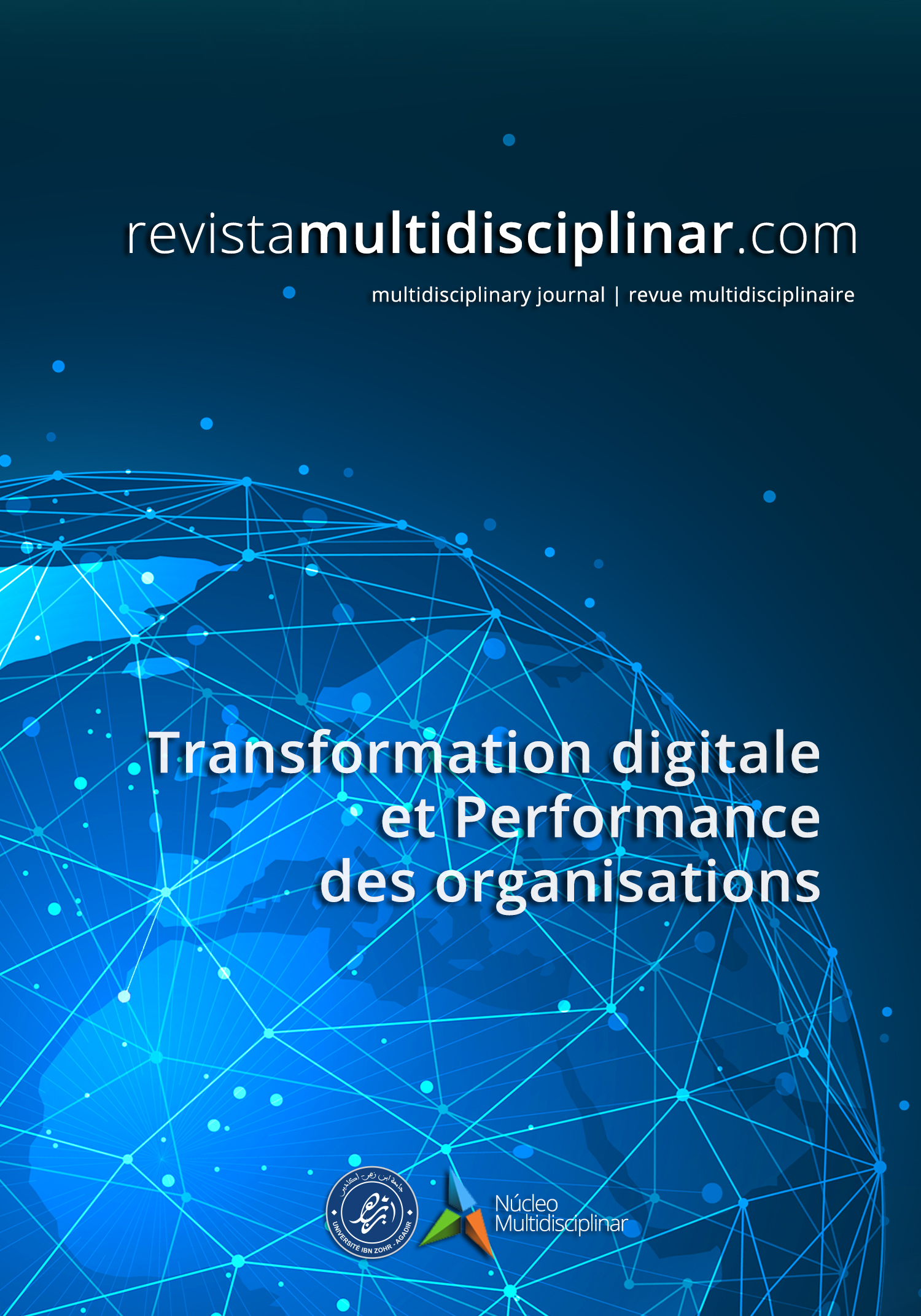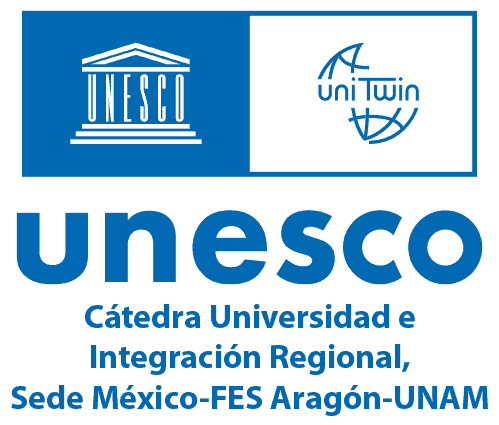La contribution du système de contrôle de gestion à l’évaluation du capital immatériel des entreprises innovantes
Modèle conceptuel théorique
DOI:
https://doi.org/10.23882/rmd.23173Palavras-chave:
capital immatériel, théorie des ressources, théorie des capacités dynamiques, capital humain, capital organisationnel, système de contrôle de gestionResumo
Avec la montée de la digitalisation et de l’intelligence artificielle, le capital immatériel est reconnu, à travers ses composantes, comme source primordial de la performance au sein des entreprises. Parallèlement à la reconnaissance de son importance dans la détermination de la valeur d'une entreprise, on assiste au rôle croissant des systèmes de contrôle de gestion dans le cadre du capital immatériel (Novas et al., 2017). De ce fait, un système de contrôle de gestion efficace et innovant de l’entreprise facilite l’évaluation du capital immatériel et accroît ses contributions (Mouritsen & Roslender, 2009; Tayles et al., 2007). Il permet aussi de soutenir efficacement la capacité de connaissance d'une entreprise (Lee & Widener, 2016) et dans recherche d'un avantage concurrentiel (Simons, 1995). L'objectif de cet article est de présenter un modèle conceptuel théorique de la contribution du système de contrôle de gestion à l’évaluation du capital immatériel et de ses composantes dans les entreprises innovantes (Start-up). Nous avons choisi les entreprises innovantes comme champ d’étude en raison de l’immatérialité qui caractérise ce type d’entreprise et la relation étroite entre leurs valeurs et leurs capacités à estimer leur capital immatériel. De ce fait, nous nous sommes basés sur la théorie des ressources (Barney, 1991), la théorie des capacités dynamiques (Teece et al., 2008) et l’approche stratégique de la gestion du capital immatériel (Arrègle, 2006) comme des bases théoriques de la littérature. Notre étude permet présenter un modèle conceptuel théorique qui montre le rôle du système de contrôle de gestion à l’évaluation du capital immatériel et de ses composantes.
Referências
Anthony, R. (1965). Planning and Control Systems : A Framework for Analysis. 7.
Arrègle, J.-L. (2006). Analyse« Resource Based » et identification des actifs stratégiques. Revue francaise de gestion, 160(1), 241‑259.
Asiaei, K., & Jusoh, R. (2015). A multidimensional view of intellectual capital : The impact on organizational performance. Management Decision, 53(3), 668‑697.
Barney, J. (1991). Firm Resources and Sustained Competitive Advantage. Journal of Management, 17(1), 99‑120.
Benevene, P., Kong, E., Barbieri, B., Lucchesi, M., & Cortini, M. (2017). Representation of intellectual capital’s components amongst Italian social enterprises. Journal of Intellectual Capital, 18(3), 564‑587.
Bessieux-Ollier, C., & Walliser, E. (2010). Le capital immatériel. État des lieux et perspectives. Revue française de gestion, 36(207), 85‑92.
Bogdan, V., Popa, C. D. S., Beleneşi, M., Burja, V., & Popa, D. N. (2017). Empirical Analysis of Intellectual Capital Disclosure and Financial Performance – Romanian Evidence. ECONOMIC COMPUTATION AND ECONOMIC CYBERNETICS STUDIES AND RESEARCH, 51(2), 125‑143.
Bontis, N. (1998). Intellectual capital : An exploratory study that develops measures and models. Management decision.
Bontis, N. (2001). Assessing Knowledge Assets : A Review of the Models Used to Measure Intellectual Capital. International Journal of Management Reviews, 3, 41‑60.
Bounfour, A. (2012). La valeur dynamique du capital immatériel. Revue Française de Gestion.
Brooking, A. (1997). Intellectual capital. International Thomson Business Press.
Buenechea-Elberdin, M. (2017). Structured literature review about intellectual capital and innovation. Journal of Intellectual Capital, 18(2), 262‑285. Cabrilo, S., & Dahms, S. (2018). How strategic knowledge management drives intellectual capital to superior innovation and market performance. Journal of Knowledge Management, 22(3), 621‑648.
Cuozzo, B., Dumay, J., Palmaccio, M., & Lombardi, R. (2017). Intellectual capital disclosure : A structured literature review. Journal of Intellectual Capital, 18(1), 9‑28.
Edvinsson, L., & Malone, M. S. (1997). Intellectual Capital : Realizing Your Company’s True Value by Finding Its Hidden Brainpower.
Edvinsson, & Malone. (1999). Le capital immatériel de l’entreprise. Maxima.
Fustec, A., & Marois, B. (2006). Valoriser le capital immatériel de l’entreprise. Éd. d’Organisation.
Grant, R. (1999). The Resource-Based Theory of Competitive Advantage : Implications for Strategy Formulation. In Knowledge and Strategy (p. 3‑23). Elsevier.
Idboufakir, A. I., Akrich, S., & Aazzab, A. (2022). L’impact du capital immatériel sur la performance commerciale des entreprises marocaines : Cas des PME du Grand Agadir. International Journal of Accounting, Finance, Auditing, Management and Economics, 3(4‑3), Art. 4‑3.
Isanzu, J. N. (2016). The Relationship Between Intellectual Capital and Financial Performance of Banks in Tanzania. Journal on Innovation and Sustainability. RISUS ISSN 2179-3565, 7(1), 28.
Itami. (1987). Mobilizing invisible assets (Harvard University Press).
Kanthi Herath, S. (2007). A framework for management control research. Journal of Management Development, 26(9), 895‑915.
Kaplan, & Norton. (1992). The balanced scorecard–measures that drive performance. Harvard business review, 70(1), 71—79.
Kaplan, R. S., & Norton, D. P. (1996). The balanced scorecard : Translating strategy into action. Harvard Business School Press.
Kaya, T., & Erkut, B. (2017). Tacit Knowledge for Strategic Advantage : Social Media Use of Employees in the Financial Sector. 516‑522.
Kianto, A. (2007). What do we really mean by the dynamic dimension of intellectual capital? International Journal of Learning and Intellectual Capital, 4(4), 342.
Kok, A. (2015). Intellectual capital management at universities [Thèse de Doctorat]. University of Johannesburg.
Koufteros, X., Verghese, A. J., & Lucianetti, L. (2014). The effect of performance measurement systems on firm performance : A cross-sectional and a longitudinal study. Journal of Operations Management, 32, 313‑336.
Kritikos, A. (2014). Entrepreneurs and their impact on jobs and economic growth. IZA World of Labor.
Lee, M. T., & Widener, S. K. (2016). The Performance Effects of Using Business Intelligence Systems for Exploitation and Exploration Learning. Journal of Information Systems, 30(3), 1‑31.
March, J. G., & Simon, H. A. (1993). Organizations, 2nd ed. (p. ix, 287). Blackwell Business/Blackwell Publishers.
Martory, & Pierrat. (1996). La gestion de l’immatériel.
Massaro, M., Dumay, J., & Bagnoli, C. (2015). Where there is a will there is a way : IC, strategic intent, diversification and firm performance. Journal of Intellectual Capital, 16(3), 490‑517.
Montalan, M.-A., & Béatrice, V. (2011, mai). Performance des organisations transversales hospitalières : Proposition d’un outil d’ évaluation du capital immatériel des ́equipes mobiles de gériatrie. Comptabilités, économie et société.
Moon, Y. J., & Kym, H. G. (2009). A Model for the Value of Intellectual Capital. Canadian Journal of Administrative Sciences / Revue Canadienne Des Sciences de l’Administration, 23(3), 253‑269.
Mouritsen, J., & Roslender, R. (2009). Critical intellectual capital. Critical Perspectives on Accounting, 20(7), 801‑803.
Nelson, R., & Winter, S. (1982). The Schumpeterian Tradeoff Revisited. American Economic Review, 72(1), 114‑132.
Nonaka, I., & Takeuchi, H. (1995). The Knowledge-creating Company : How the Japanese Companies Create the Dynamics of Innovation. Oxford University Press.
Novas, J. C., Alves, M. do C. G., & Sousa, A. (2017). The role of management accounting systems in the development of intellectual capital. Journal of Intellectual Capital, 18(2), 286‑315.
Osorio, A. E., Ozkazanc-Pan, B., & Donnelly, P. F. (2015). An entrepreneurial context for the theory of the firm : Exploring assumptions and consequences. New England Journal of Entrepreneurship, 18(1), 71‑85.
Otley, D. (1996). Some issues in management control.
Priem, R. L., & Butler, J. E. (2001). Is the Resource-Based « View » a Useful Perspective for Strategic Management Research? The Academy of Management Review, 26(1), 22.
Riahi-Belkaoui, A. (2015). Antecedents and Consequences of Earnings Opacity : An International Contingency Theory.
Roos, J. (1998). Exploring the concept of intellectual capital (IC). Long Range Planning, 31(1), 150‑153.
Schumpeter, J. A. (1942). Théorie de la destruction créatrice.
Simons, R. (1995). Levers of Control : How Managers Use Innovative Control Systems to Drive Strategic Renewal. Harvard Business School Press.
Strauß, E., & Zecher, C. (2013). Management control systems : A review. Journal of Management Control, 23(4), 233‑268.
Sveiby, K. (1997). The Intangible Assets Monitor. Journal of Human Resource Costing & Accounting, 2(1), 73‑97.
Tayles, M., Pike, R. H., & Sofian, S. (2007). Intellectual capital, management accounting practices and corporate performance : Perceptions of managers. Accounting, Auditing & Accountability Journal, 20(4), 522‑548.
Teece, D. J., Pisano, G., & Shuen, A. (2008). Dynamic capabilities and strategic management (p. 27‑52).
Turner, N., Swart, J., & Maylor, H. (2013). Mechanisms for Managing Ambidexterity : A Review and Research Agenda: Mechanisms for Managing Ambidexterity. International Journal of Management Reviews, 15(3), 317‑332.
Ur Rehman, S., Elrehail, H., Alsaad, A., & Bhatti, A. (2021). Intellectual capital and innovative performance : A mediation-moderation perspective. Journal of Intellectual Capital.
Wang, C. L., & Ahmed, P. K. (2007). Dynamic capabilities : A review and research agenda. International Journal of Management Reviews, 9(1), 31‑51.
Wendra, W., Sule, E. T., Joeliaty, J., & Azis, Y. (2019). Exploring dynamic capabilities, intellectual capital and innovation performance relationship : Evidence from the garment manufacturing. Business: Theory and Practice, 20, 123‑136.
Xu, J., & Wang, B. (2018). Intellectual Capital, Financial Performance and Companies’ Sustainable Growth : Evidence from the Korean Manufacturing Industry. Sustainability, 10(12), 4651.
Zambon, S. (2004). Intangibles and Intellectual Capital : An Overview of the Reporting Issues and Some Measurement Models. The Economic Importance of Intangible Assets.
Zhang, M., Qi, Y., Wang, Z., Pawar, K. S., & Zhao, X. (2018). How does intellectual capital affect product innovation performance ? Evidence from China and India. International Journal of Operations & Production Management, 38(3), 895‑914.
Downloads
Publicado
Como Citar
Edição
Secção
Licença
Direitos de Autor (c) 2023 Abderrahim Id Boufakir, Said Akrich

Este trabalho encontra-se publicado com a Creative Commons Atribuição-NãoComercial 4.0.









